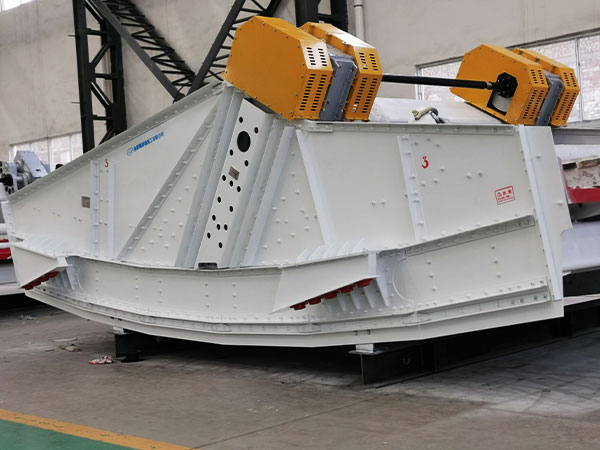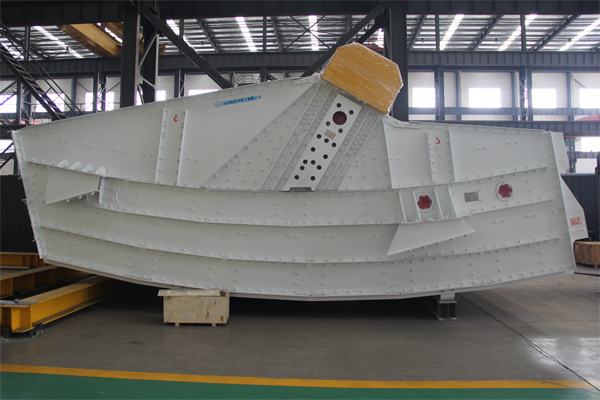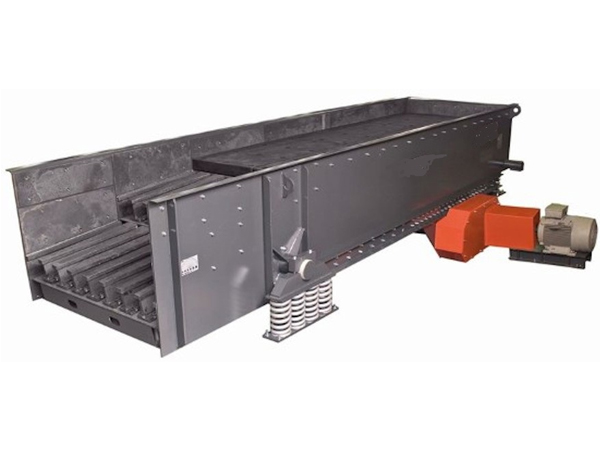What are the factors affecting the screening performance of vibrating screen?
The screening performance of a vibrating screen is influenced by various factors, including operational parameters, screen design, and material properties. Optimizing these factors can significantly improve screening efficiency and throughput. Here’s a breakdown:
Factors Affecting Screening Performance

1. Material Properties
Particle Size Distribution:
A wide size distribution may lead to reduced efficiency, as smaller particles can block the screen openings.
Particle Shape:
Irregularly shaped particles are less likely to pass through the screen compared to spherical particles.
Bulk Density:
High-density materials may require more energy for efficient separation.
Moisture Content:
Wet materials tend to clump together, reducing screening efficiency and causing screen blinding.
Material Flowability:
Poor flowability can lead to uneven distribution across the screen surface.
2. Screen Design
Screen Aperture Size and Shape:
Apertures that are too small or have an inappropriate shape can lead to clogging or poor separation.
Screen Inclination:
The angle of the screen affects the travel speed of the material and the likelihood of particles passing through the screen.
Number of Decks:
Multi-deck screens can separate materials into multiple size ranges but may decrease efficiency due to increased complexity.
Vibrating Frequency and Amplitude:
Higher frequencies and optimal amplitudes improve material stratification and throughput.
3. Operational Parameters
Feed Rate:
Excessive feed can overload the screen and reduce efficiency.
Material Distribution:
Uneven distribution across the screen surface decreases separation efficiency.
Vibration Direction and Pattern:
Linear, circular, or elliptical vibration patterns affect material movement and screening performance.
Screening Time:
Insufficient time for particles to pass through the screen results in lower efficiency.
4. Environmental Factors
Ambient Conditions:
High humidity or dust levels can affect material properties and the screen’s performance.
Operating Temperature:
Extreme temperatures can impact material behavior and machine performance.
5. Maintenance and Wear
Screen Surface Condition:
Worn or damaged screens reduce separation efficiency and may cause contamination.
Proper Tensioning:
Loose or improperly tensioned screens can lead to uneven vibrations and reduced efficiency.
Lubrication and Component Wear:
Poor lubrication or worn components (e.g., bearings) can negatively impact vibration consistency.
Tips to Improve Screening Performance

Optimize Screen Design:
Choose the right aperture size and shape for the material being screened.
Adjust the screen angle and vibration parameters to suit the application.
Control Material Properties:
Pre-dry or condition materials to reduce moisture and prevent clumping.
Implement pre-screening processes to remove oversized particles.
Regulate Operational Parameters:
Maintain consistent feed rates and ensure even material distribution.
Match vibration patterns to the material characteristics and screening requirements.
Regular Maintenance:
Inspect and replace worn screens and components.
Regularly clean screens to prevent clogging and blinding.
Use Auxiliary Equipment:
Install feeders or distributors to ensure uniform material flow.
Apply anti-clogging devices or ultrasonic technology to improve screening efficiency for fine or sticky materials.
By carefully considering and optimizing these factors, you can maximize the efficiency, accuracy, and throughput of vibrating screens in various applications.









